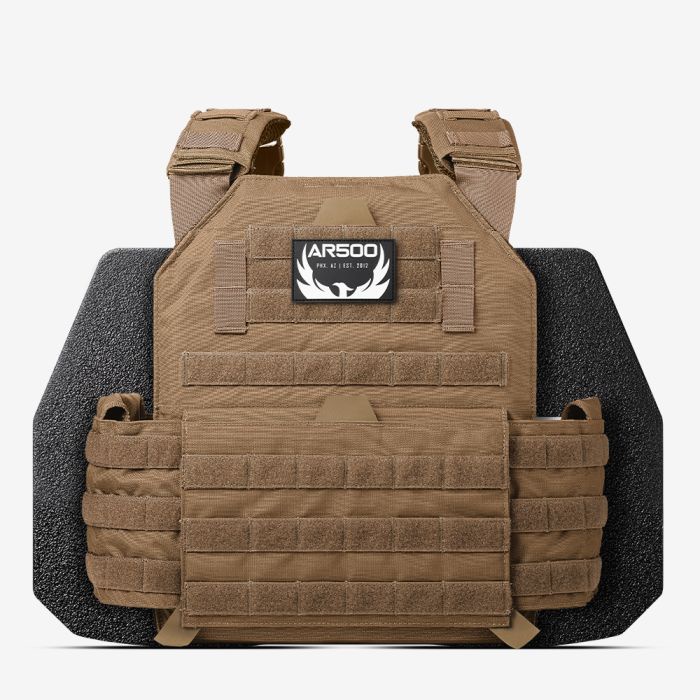When it comes to personal safety in high-risk scenarios, not all body armors are created equal. AR500 armor, renowned for its durability and protection capabilities, is categorized under different ratings to denote varying levels of ballistic resistance. But what do these ratings mean, and how do they correspond to real-world threats? This article demystifies the armor ratings of AR500, guiding you to make an informed choice based on your protection needs.
Basics of AR500 Armor
AR500 armor is manufactured from abrasion-resistant steel, with '500' indicating the steel's Brinell hardness score. The hardness of this steel grants it the unique ability to prevent bullet penetration and protect the wearer. But the world of threats is vast and varied, from handgun rounds to high-powered rifle shots, necessitating different armor configurations and ratings.
The Rating System
The National Institute of Justice (NIJ) in the US has standardized a rating system for body armor. While there are several ratings, AR500 armor generally falls into two primary categories: Level III and Level IV. Let's break down these ratings:
- Level III AR500 Armor:
- Protection Capability: Level III armor is designed to stop six spaced hits of 7.62×51mm NATO M80 ball bullets at a velocity of 2,780 ft/s and lesser threats. This means it can effectively stop most handgun rounds and several rifle rounds.
- Material Thickness: For AR500 armor, the steel plates typically range between 1/4 to 1/2 inch in thickness. The exact thickness can vary based on the manufacturer and specific design enhancements.
- Usage: This level is suitable for situations with a predominant handgun threat but with the potential for rifle threats. It's a preferred choice for many law enforcement officers due to the balance between protection and mobility.
- Level IV AR500 Armor with Ceramic & Polyethylene:
- Protection Capability: Level IV armor is designed to withstand .30 caliber armor-piercing rifle rounds in addition to the lower caliber bullets stopped by Level III armor. It's important to note that while AR500 steel forms the core, this level of protection often integrates ceramic and polyethylene components to thwart armor-piercing rounds.
- Material Thickness: Due to the incorporation of ceramic and polyethylene, the thickness of Level IV plates can vary. However, the combined materials ensure optimal protection without excessive weight.
- Usage: Level IV armor is tailored for high-risk scenarios, such as military combat zones or situations where armor-piercing rounds are a known threat. It's the top-tier choice for those needing maximum protection.
Making an Informed Decision
Understanding the threats you're likely to encounter is crucial in selecting the right armor rating:
- Environmental Analysis: Are you operating in an urban setting with potential threats from handguns, or are you in a more volatile area with risks from high-powered rifles?
- Mobility vs. Protection: While Level IV offers higher protection, it might be bulkier than Level III armor. Assess the trade-off between mobility and protection based on your operational needs.
- Duration of Wear: Wearing armor for extended periods can be exhausting. Consider the weight and comfort of the armor if you'll be donning it for long durations.
- Cost Implications: Higher protection levels typically come with a steeper price tag. While safety is paramount, it's also essential to assess your budget constraints.
Conclusion
AR500 armor, with its robust protective capabilities, offers a reliable shield against ballistic threats. By understanding the intricacies of its rating system, individuals and organizations can make informed decisions tailored to their specific needs. In the realm of personal safety, knowledge is indeed power, and with AR500 armor ratings decoded, you're one step closer to ensuring optimal protection in the face of adversity.


No comments yet